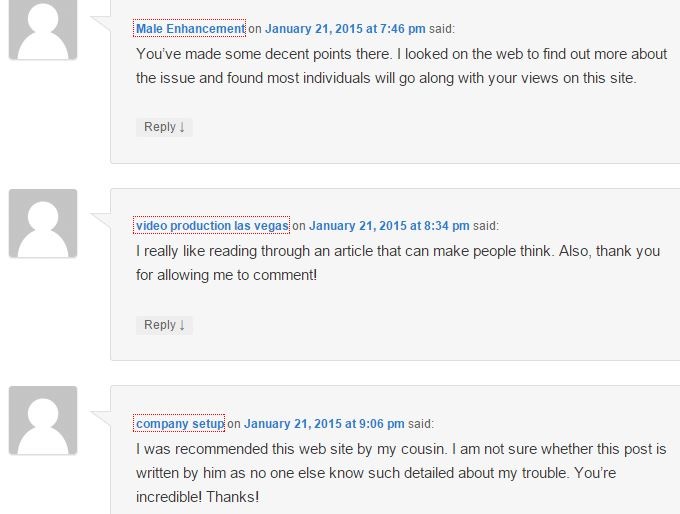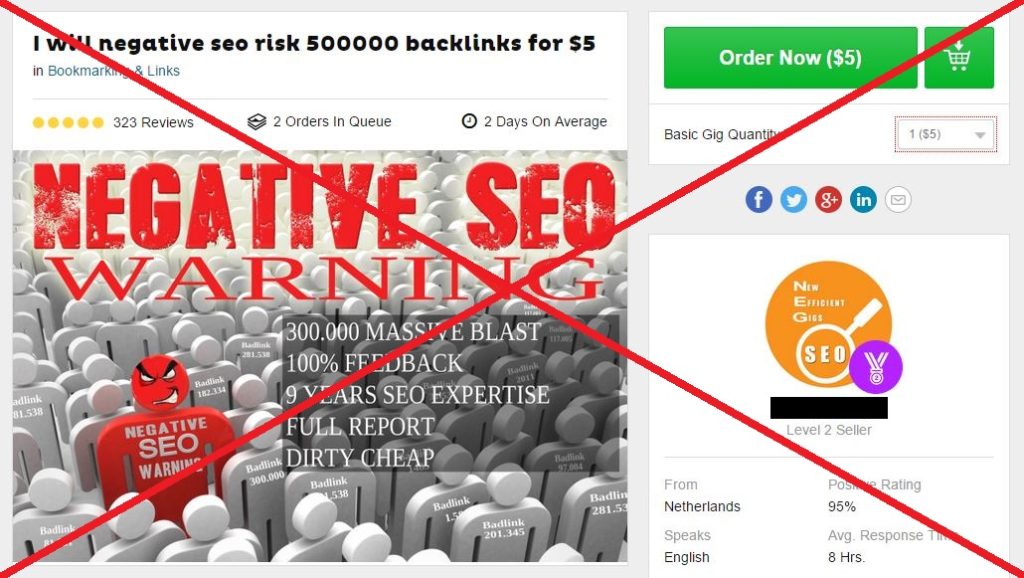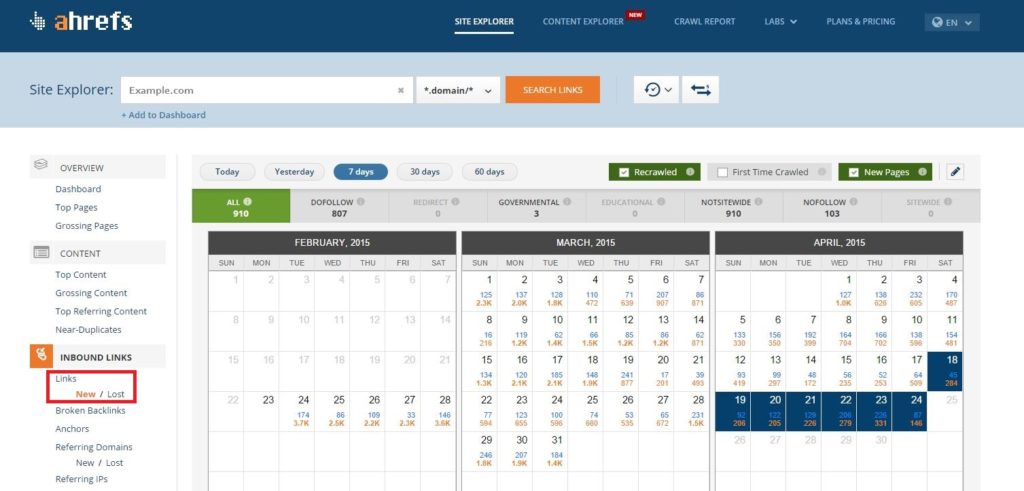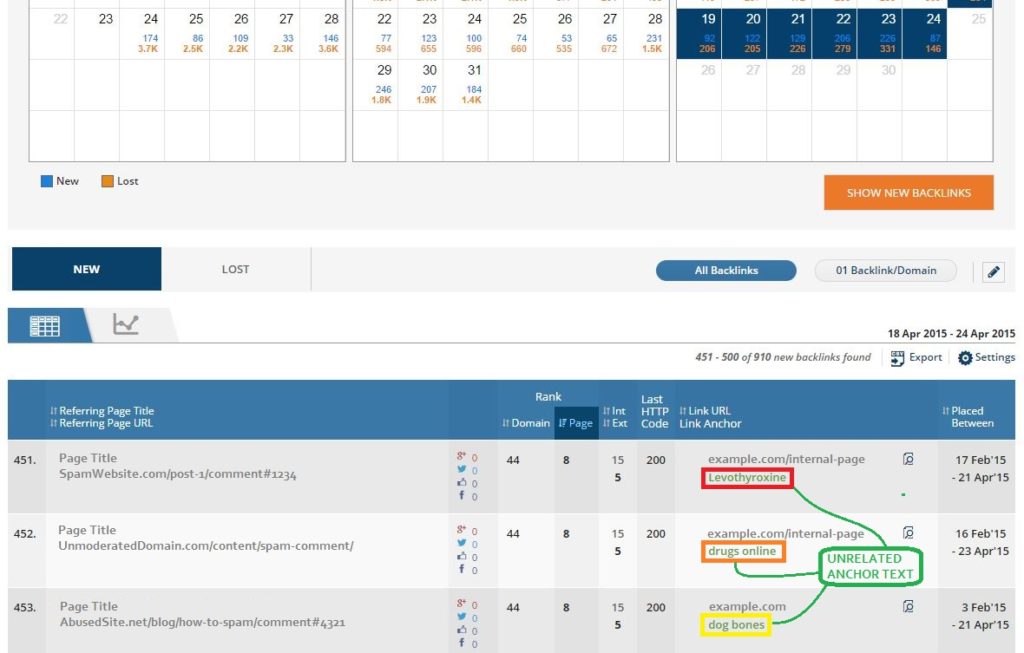Easily Replicated (and Automated)
Both of these methods are VERY easy to replicate. Find a website with a comment section that has a ton of other comments and allows you to select your own anchor text, and BOOM! Free link obtained. Many of these websites are abused countless times with this horrid link scheme.
Automation can be a little more tricky, but for those webmasters who are a bit more tech-savvy, a script can be created to generate the comment and blast it out to hundreds of websites in a very short time. Preventing this type of abuse on your website is simple, and the easiest preventative measure is to require users to fill out a CAPTCHA prior to submitting a comment. There are also a slew of comment-related plug-ins that can help you moderate the comments section. These include, but are not limited to:
- Jetpack by WordPress
- Disqus Comment System
- Comments Evolved (formerly Google+ Comments)
- Facebook Comments
If you don’t want to take my word for it, here’s Google’s opinion about comment spam.
Why do webmasters still use these outdated tactics?
https://vine.co/v/OEZ6mg32MQt
^ relevant (I suggest listening to the audio)
The primary reason that comment spam is still in use is primarily for negative SEO purposes. The launch of Google’s Penguin algorithm back in 2012 did not mean the “Death of SEO”, as many people reported (and still report), but it created an immoral, deceitful sub-industry for negative SEO to thrive. The once valuable links that you bought 5 years ago are now toxic and could cause your website to be penalized either manually or algorithmically (or both, if you are very unlucky). It doesn’t take a genius to determine that building bad links for competitors would possibly get them penalized, and the traffic they would get would be diverted to you and the other ranking competitors’ websites.
You can go on Fiverr and search “negative SEO” and you will find several results for people selling these services. Five dollars is all it costs to blast a competitor, or a former employer’s website. The truly frustrating thing about these websites that are abused for comments do not take the time (or have no one controlling the website that cares enough) to ensure their comments section is moderated.
How do I stop this from happening?
Negative SEO is potentially one of the most difficult things to stop, but lucky for you, many comment widgets and services have moderation panels and filters that prevent spam comments from being posted. The majority of comment sections automatically include no-follow attributes in any links that people place, and some disallow hyperlinks altogether. If your website falls victim to comment spam, then you can block comment pages using robots.txt or META tags to ensure they are not indexed by Google and other search engines.
If you do fall victim to a negative SEO attack which uses comment spam, the easiest way to avoid any sort of algorithmic or manual penalty is to disavow the websites where the links originate. There are a slew of websites out there that do not have the quality parameters that many other websites have put in place, either due to inactivity or a lack of care, so it’s easy to abuse these websites over and over again. That being said, there can be comments on multiple pages on the website, so it’s safer to disavow the entire domain, rather than by URL.
An easy way to keep track of this is by looking at link data. AHREFS.com is the example I chose, as their “New” inbound links section (see below how to find this part of AHREFS) crawls these comment spam websites very frequently. One client has new comment links pop up each week, which I can track and disavow in AHREFS. It’s easy to pick these out of the other newly acquired links, primarily due to spammy anchor text that they use to link back to the website.
Many of the anchor texts they choose to automate relates to porn, poker, and pills. Most anchor text in comment spam is easy to pick out, check it out below:
There are instances where competitors build links using related anchor terms for which the victim website would want to rank, but this is an attempt to over-optimize their anchor text in an attempt to get the website caught in an algorithmic filter (penalized without a notification in Google Webmaster Tools). You shouldn’t be afraid of this happening since, as mentioned before, these comment links have nofollow attributes, so they won’t be indexed by Google.
Negative SEO, such as comment spam, is an industry of fear. Don’t let fear rule your life, but don’t ignore it altogether. Keeping a close eye on your back-link profile is a must for any website, especially those in extremely competitive niches.
Caveat: If you are reading this as a guide on how to perform negative SEO on a competitor, stop now, unplug your computer, and throw it out the window. Negative SEO is not effective, it’s annoying, and you do not deserve to be part of the world-wide web. It’s time to grow up and provide services / products that people want, rather than used cheap tactics to try to outbid your competitors in online marketplaces.
WEB ANALYTICS | SEARCH OPTIMIZATION | PAID ADVERTISING | COMPANY NEWS




